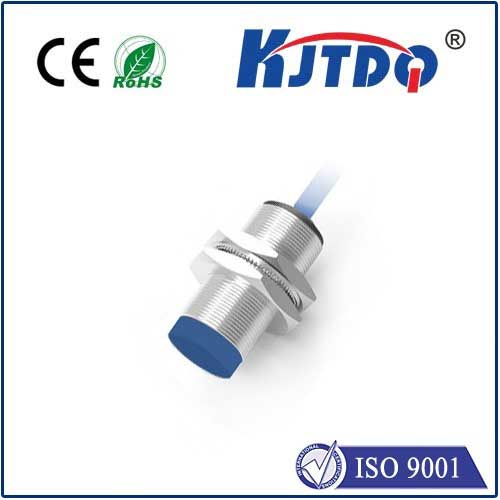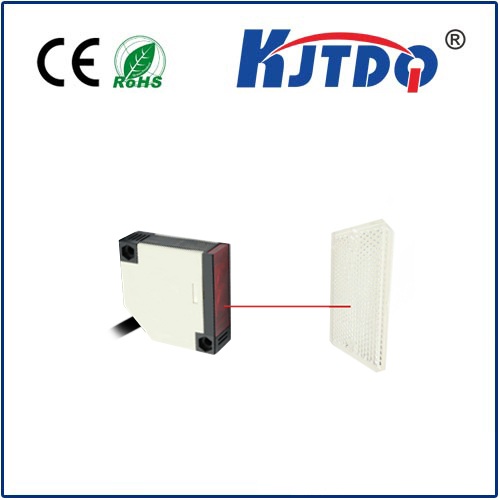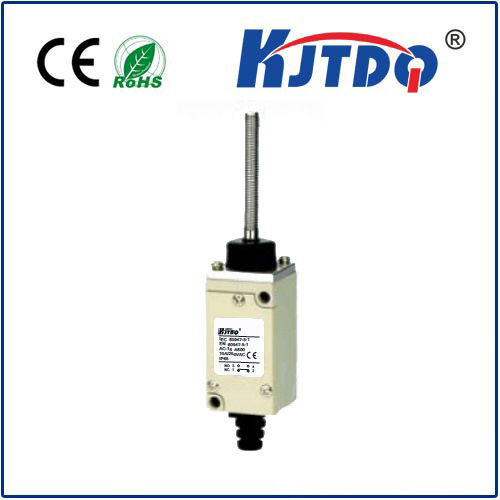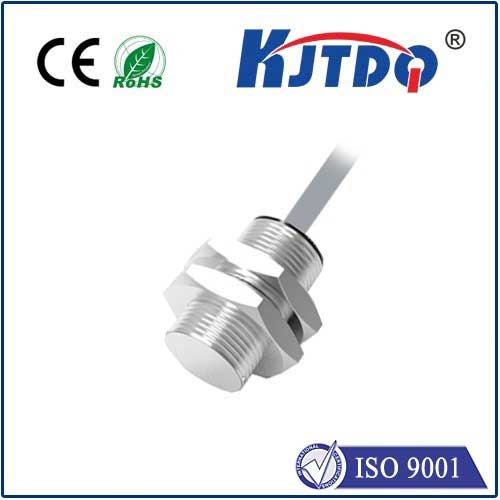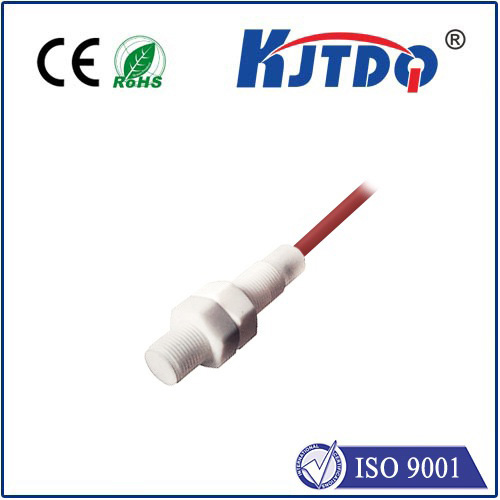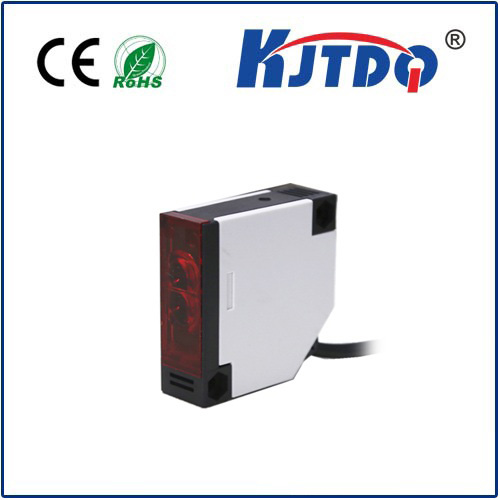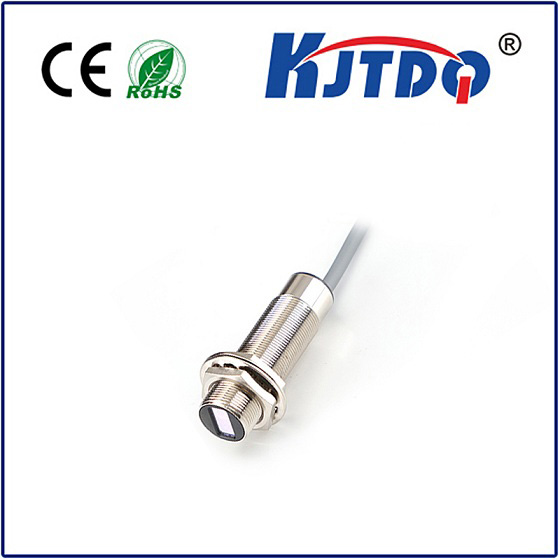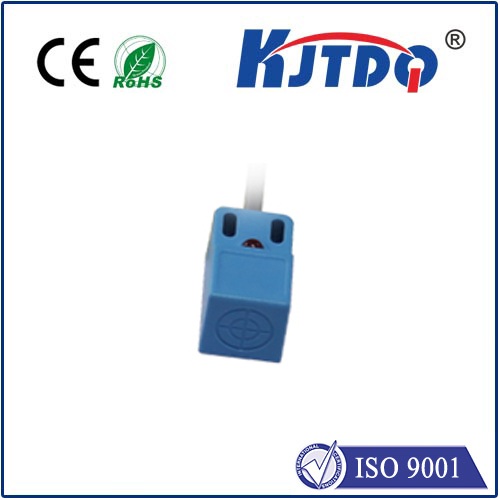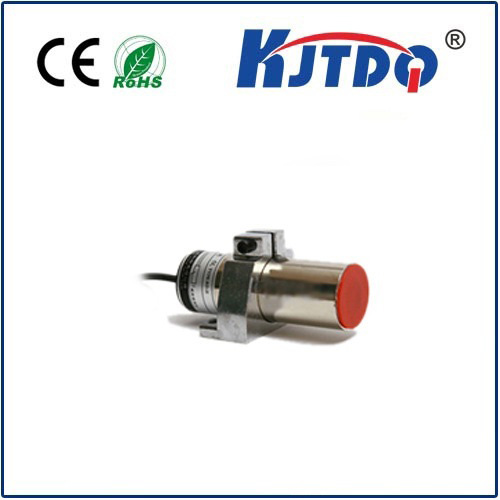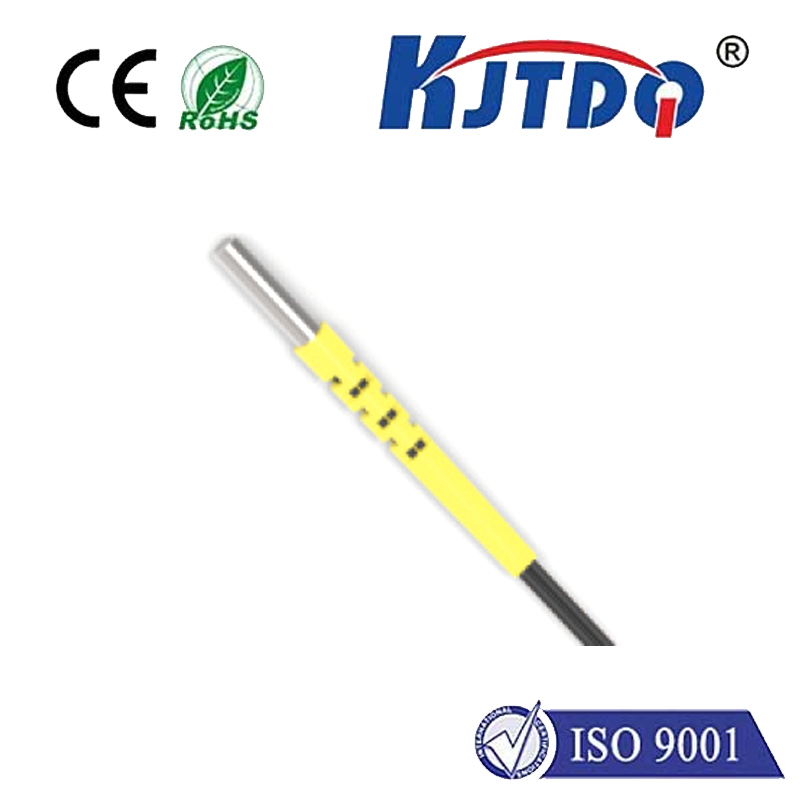
check

check

check

check

M12 Inductive Proximity Sensor: A Comprehensive Guide The M12 inductive proximity sensor stands as a quintessential component in the realm of automation and sensing technologies. Renowned for its robust design and reliable performance, this sensor is integral in various industrial and commercial applications. In this guide, we delve into the intricacies of the M12 inductive proximity sensor, exploring its features, benefits, and diverse use cases. Understanding the Basics At its core, an inductive proximity sensor operates based on the principles of electromagnetic induction. The M12 variant is particularly noted for its sizable diameter of 12 millimeters, making it suitable for applications requiring substantial detection range and robustness. Typically, these sensors are constructed with durable materials, ensuring they can withstand harsh environments and extended operational lifespans. Key Features and Benefits One of the standout features of the M12 inductive proximity sensor is its high degree of sensitivity. This allows for accurate detection of metallic objects without physical contact, thus preserving both the sensor and target surfaces from wear and tear. Additionally, these sensors offer rapid response times and high repeatability, making them ideal for fast-moving production lines where precision is paramount. Moreover, the M12 inductive proximity sensor boasts impressive environmental resilience. They are often designed with IP67 or IP68 ratings, which means they are waterproof, dustproof, and resistant to vibrations—a crucial attribute for machinery operating in challenging conditions such as manufacturing plants, outdoor installations, and food processing equipment. Applications Across Industries The versatility of the M12 inductive proximity sensor makes it indispensable across a wide array of industries. In manufacturing, these sensors play a critical role in monitoring the presence or absence of components on conveyor belts, ensuring smooth and efficient production processes. Their durability and reliability also make them suitable for heavy machinery and automotive assembly lines, where consistent performance is non-negotiable. In the logistics sector, M12 inductive proximity sensors help streamline material handling systems by detecting the position and status of goods, thus enhancing inventory management and reducing operational errors. Furthermore, in smart building technologies and home automation systems, these sensors contribute to energy efficiency and security by accurately detecting door states and object movements. Conclusion The M12 inductive proximity sensor epitomizes technological advancement in industrial sensing solutions. Its combination of high sensitivity, robust construction, and versatile applications underscores its importance in modern automation systems. Whether you’re in manufacturing, logistics, or smart technology integration, understanding the capabilities of this sensor can significantly enhance operational efficiency and reliability. By leveraging the strengths of the M12 inductive proximity sensor, businesses can ensure that their processes remain seamless, efficient, and future-proof. As industries continue to evolve, the role of such advanced sensors will undoubtedly become even more pronounced, paving the way for innovative solutions and improved productivity.
